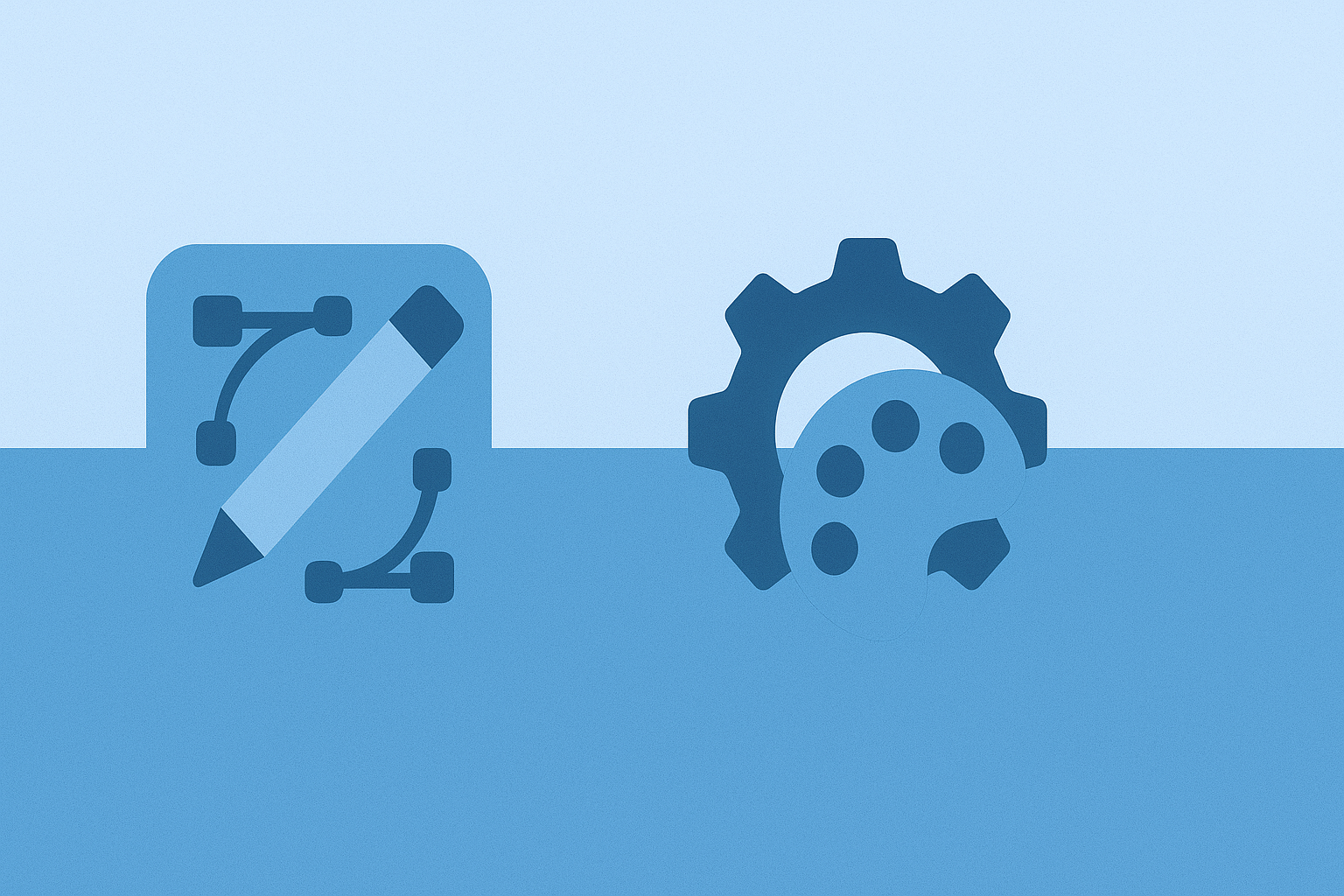Software testing is critical in developing 3D printing applications to ensure reliability, accuracy, and efficiency. In 2020, the global market for 3D printing products and services reached an estimated value of approximately 12.6 billion U.S. dollars.
3D printing, or additive manufacturing, involves producing three-dimensional objects by constructing them one layer at a time from materials like plastics, metals, or resins. The process follows digital blueprints from a 3D model, where the printer either deposits or bonds the material layer by layer until the object is complete. This technology’s adaptability has revolutionized numerous sectors, including product design, prototyping, architecture, fashion, and medicine. As 3D printing technology advances, it provides a crucial resource for creative professionals to realize their concepts with exactness and adaptability.
In this article, we will explore 3D printing technology and its uses, the importance of software testing from a reputable QA software testing company for 3D printing, the role of software in 3D printing, and the challenges posed by software in this field. We will also learn about the best practices in software testing for 3D printing. Let’s get started.
Understanding 3D Printing Technology
Definition
3D printing technology, also known as additive manufacturing, is like using a computer-controlled glue gun to build objects. Imagine how you draw with a glue gun, laying down lines of glue one at a time until your design is complete. 3D printers work similarly, but they can use different materials like plastic, metal, or even chocolate! You start by creating a design on a computer, and then the printer builds that design layer by layer from the bottom up, adding material until the whole object is formed. It’s like printing your drawings into real, three-dimensional objects you can pick up and use!
The Uses of 3D Printing
1. Prototyping
One of the most common uses of 3D printing is for creating prototypes. This allows designers and engineers to quickly produce physical models of their designs to test for functionality, fit, and visual appeal. The rapid turnaround time of 3D printing means that new iterations can be made quickly and cost-effectively, greatly speeding up the development process of new products. Whether for electronics, automotive components, or consumer goods, 3D prototypes help in refining product designs before committing to mass production.
2. Custom Medical Devices
3D printing is very important in healthcare for making personalized treatments that improve patient care. This technology is used to create prosthetic limbs that fit a patient perfectly, as well as custom-made dental products like crowns and dentures and even things like hip replacements. The precision of 3D printing helps make these items more comfortable and effective for patients.
3. Making architectural models in construction
3D printing is used to make detailed models of buildings. These models help architects and clients see what the finished building will look like and allow them to make changes before actual construction starts. 3D printing has advanced to the point where it can produce parts of buildings or even whole buildings. This can lead to faster building times and lower costs, as well as the ability to create complex, customized designs that would be hard to achieve with traditional building methods.
Role of Software in 3D Printing
Importance of Software Testing in 3D Printing
1. Ensuring Quality control for updates and new features
Software testing ensures accuracy and precision by adding and testing new features and updating existing ones before they go live.
2. Enhancing website reliability and performance
Software testing can enhance reliability by identifying and fixing bugs that can disrupt website functionality and impair user experience.
3. Improving User Experience (UX)
Software testing can improve efficiency by conducting usability testing to enhance a 3D printing website’s user experience and to ensure it’s intuitive and user-friendly.
Software Types in 3D Printing
Software testing can help with the different software types in 3D printing. Here are three types of designer software:
Design software (CAD)
This is like a digital drawing tool that architects, engineers, and designers use to create detailed plans and drawings of objects or buildings before they’re built. It allows them to design in 3D, meaning they can see what something will look like from all angles before it’s made.
Slicing software
Imagine you have a loaf of bread, and you want to cut it into slices. Slicing software does something similar but with 3D objects. It takes the detailed design from the CAD software and breaks it down into many thin layers. Each layer represents a thin slice of the object that the 3D printer will create. This software also tells the printer how to move and what materials to use for each layer.
Printer firmware
Think of firmware as the brain of the 3D printer. It’s a set of instructions or software that tells the printer how to operate. It controls everything from moving the printer’s parts to heating the materials and ensuring everything works smoothly. Firmware is like the conductor of an orchestra, directing all the different parts of the printer to work together harmoniously.
Challenges posed by software in 3D Printing
Software plays an important role in 3D printing but also introduces hurdles that can affect the success of the printing process. Here are the common challenges:
Handling the complexity of software integration
CAD software can be complex and challenging to learn, especially for beginners without a background in design or engineering. Software testing can help ensure that your software and any associated applications work seamlessly across different devices and web browsers through comprehensive compatibility testing.
Software bugs and updates
Like all software, CAD and slicing programs can contain glitches that cause unexpected behaviors, errors during printing, or system crashes. Software testing could regularly update the software to ensure compatibility with new printer models and materials, but this can be difficult and time-consuming.
Security Vulnerabilities
Like any digital technology, 3D printing software can be susceptible to security risks. Software testing can scan and test for vulnerabilities and identify security flaws ahead of time.
Conclusion
Software testing can help a 3D printing business by identifying and fixing software glitches and compatibility issues before they affect production, ensuring smooth and efficient operations. These software tests conduct security assessments to safeguard sensitive designs and customer data from cyber threats, enhancing trust and reliability. Also, software testing ensures that the software remains up-to-date with the latest technological advancements and is compatible with new materials and printer models, facilitating innovation and business growth.
Published: May 9, 2024





